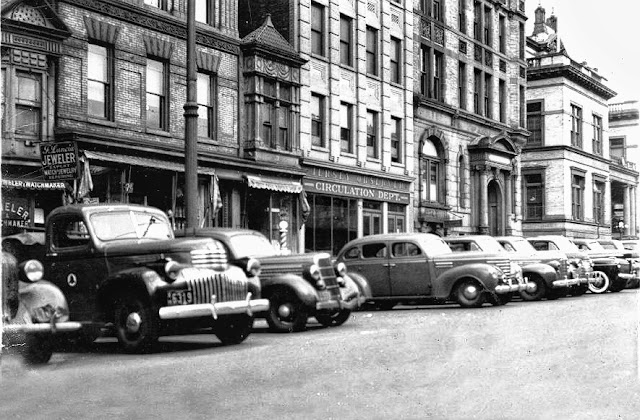Friday 8 October 2021
Sunday 3 October 2021
Gustav Stresemann, German foreign minister
Max von Baden
Indian PM Lal Bahadur Shastri arrived at Tashkent for peace talks with Pakistan mediated by the USSR.
Saturday 2 October 2021
Mahatma Gandhi’s funeral rally . Delhi, 1948.
Mahatma Gandhi’s funeral rally. Delhi, 1948. If someone asks who was Gandhi and what was his contribution to the Freedom Struggle, show them this.
Friday 1 October 2021
Thursday 23 September 2021
The Three Tetons as seen from west of the Teton Range by members of the Hayden Geological Survey of 1872.
Monday 30 August 2021
MAKING THE DREAM COME TRUE
Saturday, January 30,
1937 was a sad day for Scottish television pioneer John Logie Baird. That was
when the British Broadcasting Corporation (BBC) finally abandoned its
mechanical television system, with its whirring wheels and messy chemicals. He
had come a long way since his first experiments with television in 1923, but it
wasn’t far enough. His dream was over. The future was electronic. Three months
earlier, on November 2, 1936, the BBC had started the world’s first regular,
high definition, public television broadcasting service. In alternate weeks it
used two different sets of equipment.
The idea was to test two rival systems. One was Baird’s; the other had been created by a team at Electrical and Musical Industries (EMI) led by Russian-born engineer Isaac Shoenberg. The all-electronic EMI system won easily. Its pictures were sharper, its cameras were more mobile, it was more reliable, and it cost less. In all but detail, it was the system we use today. Shoenberg’s team had been formed five years earlier. They had worked with remarkable speed, but they weren’t the first to research all-electronic television.
On the other side of the Atlantic, a lone
pioneer, Philo T. Farnsworth, had started work on his electronic “image
dissector” in 1926. He gave the first demonstration of all-electronic
television in 1934. Unfortunately, his cameras needed too much light, and his
work came to a dead end. Electronic eye the strange shape of the Emitron camera
reflected the shape of the image tube inside it.
The drooping nose held the tube’s electron gun. Above this were two lenses, one of which was a viewfinder. Pictures from Pinning disc Baird did much to create interest in television. He used a rotating disc to sweep a spotlight over the subject to be televised, with a matching disc in the receiver. This mechanical system could not make pictures good enough to compete with electronics.
















